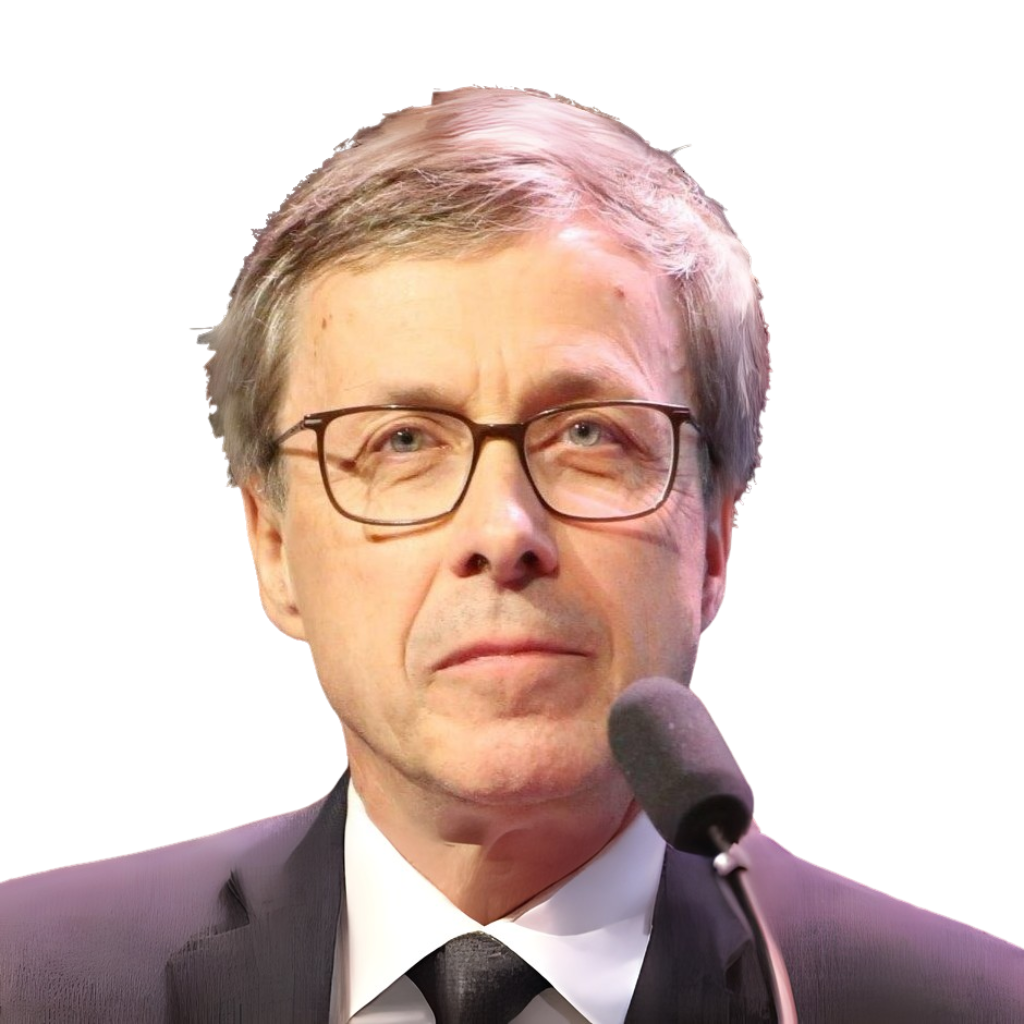
Hugo De Clerck, DDS, PhD
Hugo De Clerck is a graduate of the Ghent University orthodontic program, Belgium. He has been Professor and Chairperson of the Department of Orthodontics at the Université Catholique de Louvain, Belgium from 1989 to 2006. Currently he’s an Adjunct Professor at the University of North Carolina at Chapel Hill. He received the Dewel Award in 2012 from the American Journal of Orthodontics and Dento-facial Orthopedics. In 2019 he received the Jacob A. Salzmann Award of the American Association of Orthodontists, and the John Valentine Mershon Memorial Award in 2022. He’s a former President of the Belgian Orthodontic Society and Fellow of the Royal College of Surgeons of England. His main research interests are in class II and class III dento-facial orthopedics combined with skeletal anchorage.
Topic: Growth Modifications Using a Novel Bone-Anchored Herbst Appliance
- Biomechanics: Analyzing the difference between traditional Herbst and hybrid Herbst (tooth support in the maxilla and miniplate anchorage in the mandible).
- Specifications: Details on special design, patient-specific manufacturing, and the surgical insertion of bone anchorage required to withstand the significant forces exerted by the Herbst connectors.
- Optimal Loading Protocol: Determining the best loading protocol for bone anchors to minimize failure: progressive propulsion or a single-step approach.
- Outcome Comparison: Evaluating the differences in outcomes between conventional Herbst and bone-anchored Herbst treatments: is the investment worthwhile?
The forward projection of the chin is primarily achieved through the lengthening of the mandible. Although horizontal displacement of the glenoid fossa also contributes to chin displacement, its impact is relatively limited. Mandibular rotation, however, is a highly effective tool for increasing (anterior rotation) or decreasing (posterior rotation) chin projection.
A prospective clinical trial was initiated to study growth modification using a Herbst appliance, which is bone-anchored in the mandible and tooth-supported in the upper jaw. The active treatment period was 10 months. A CBCT scan was taken at the start of the treatment and another two months after the removal of the Herbst appliance. Surface models were registered on the anterior cranial base and on the symphysis. More than 200 cases, with varying vertical growth patterns, involving patients aged between 12 and 20 years old, have been included.
The use of direct skeletal anchorage with two patient-specific miniplates in the mandible not only eliminates all proclination of the lower incisors but even results in retroclination. Additionally, it provides greater propulsion of the mandible over a longer period compared to conventional Herbst treatment. This leads to forward chin projections ranging from 4 to 8 mm within one year.
